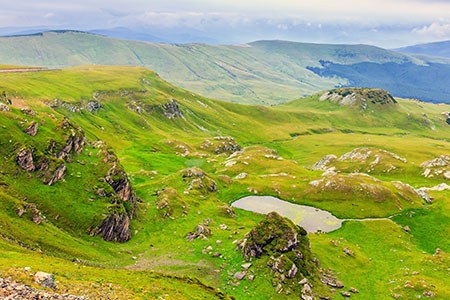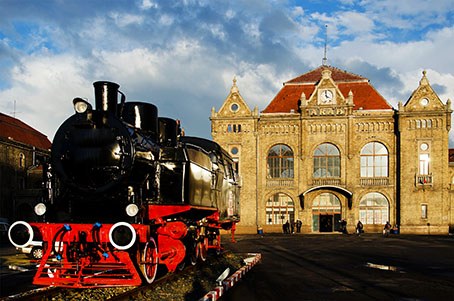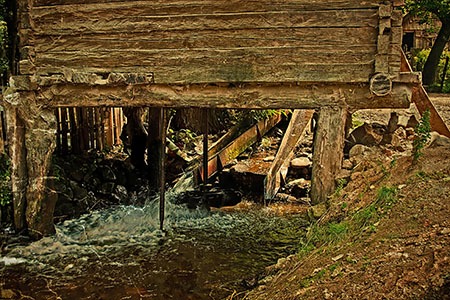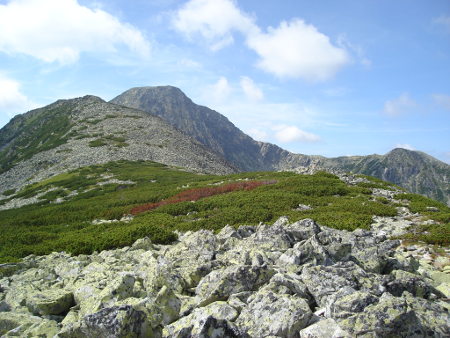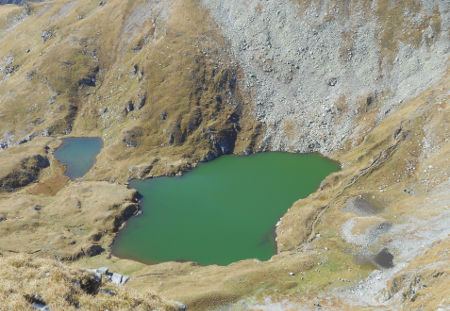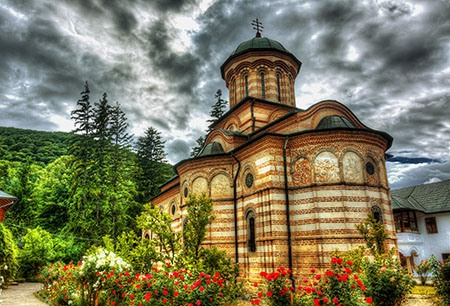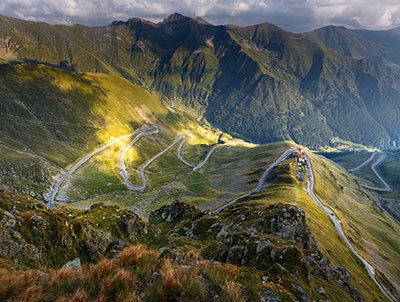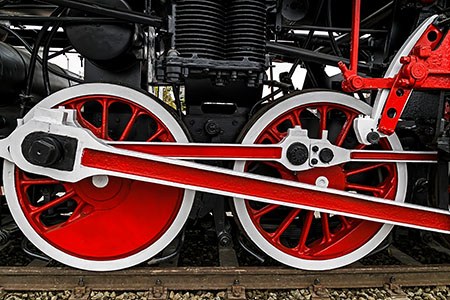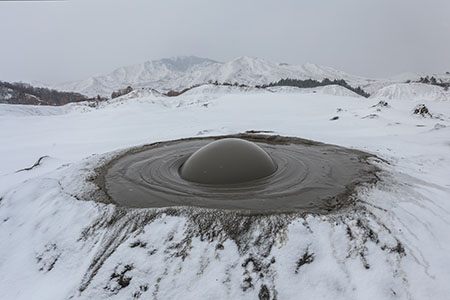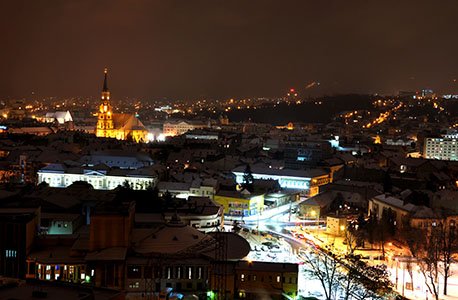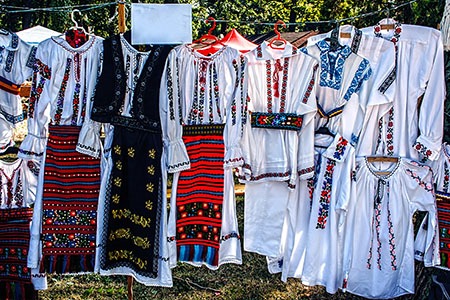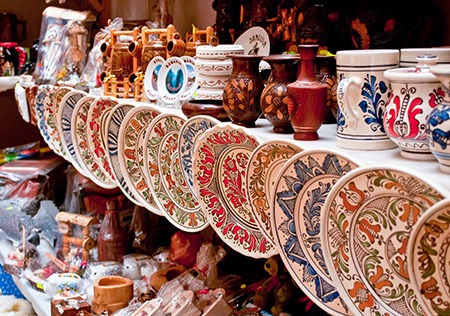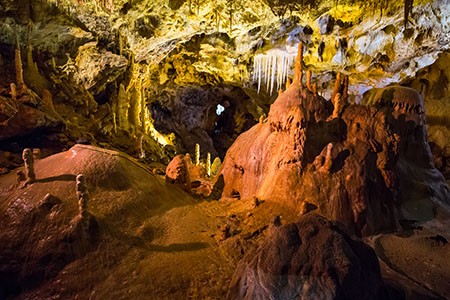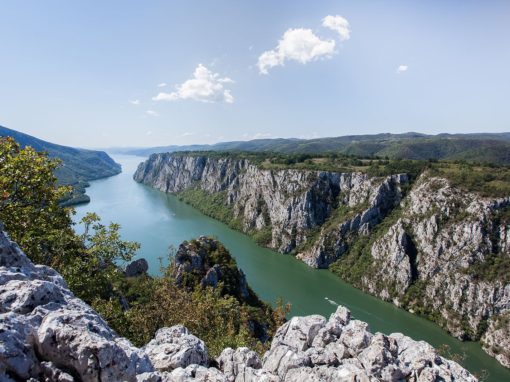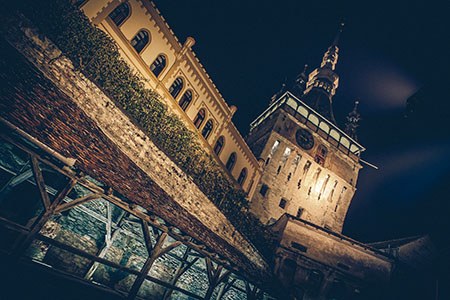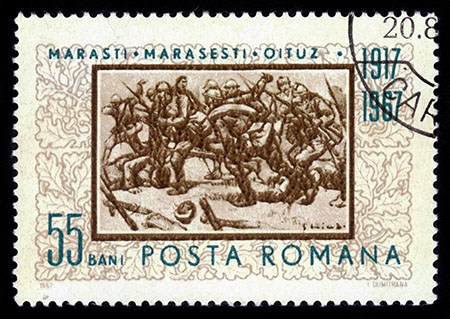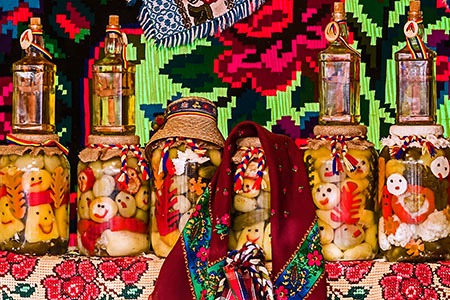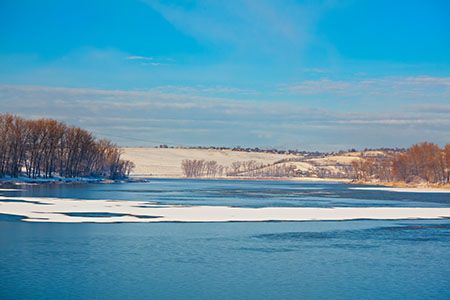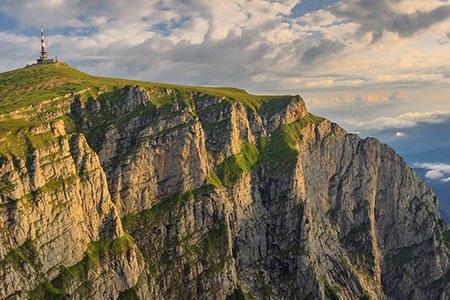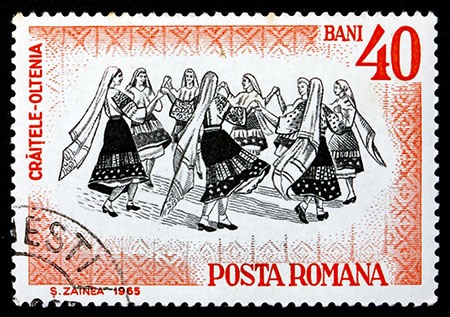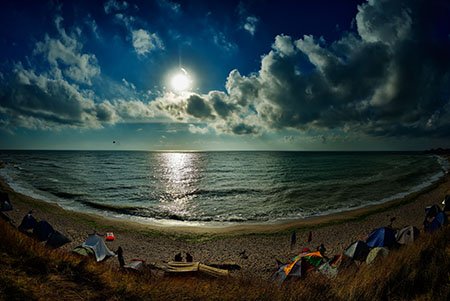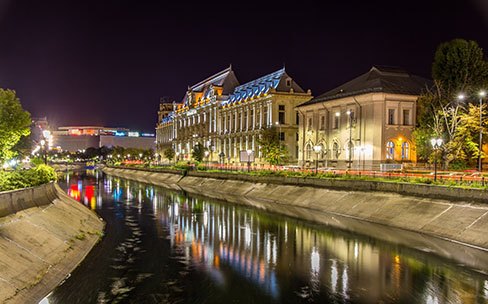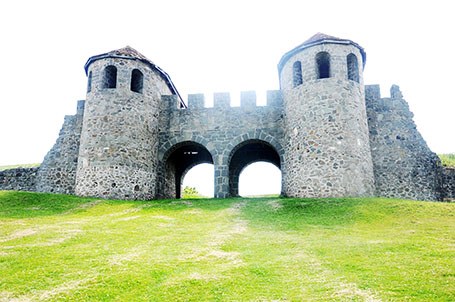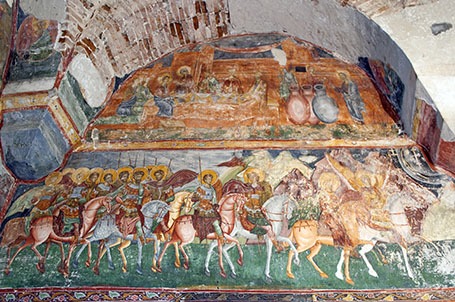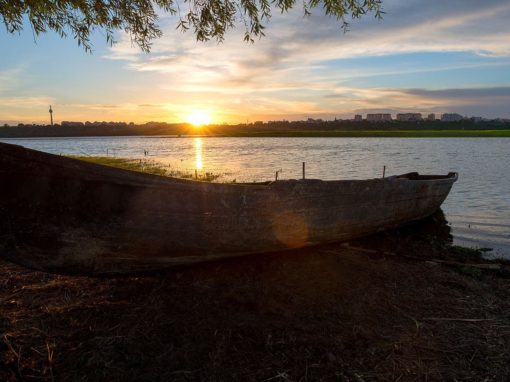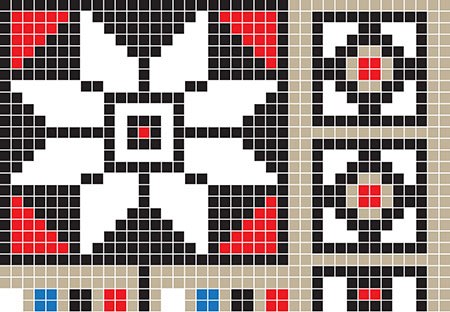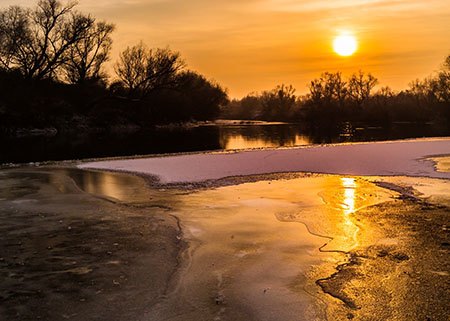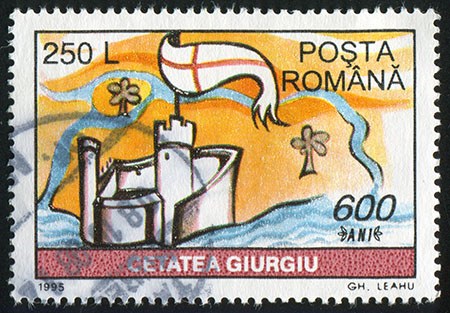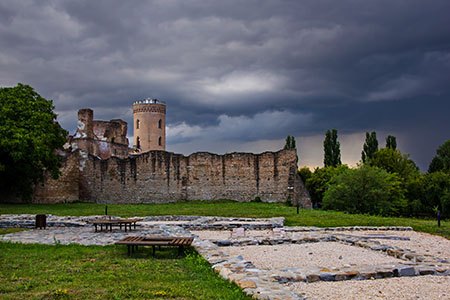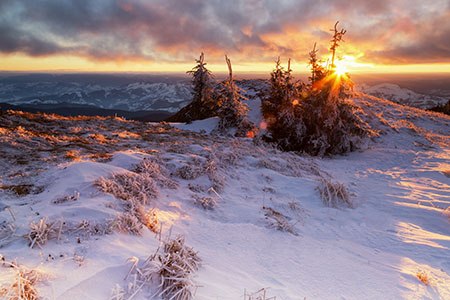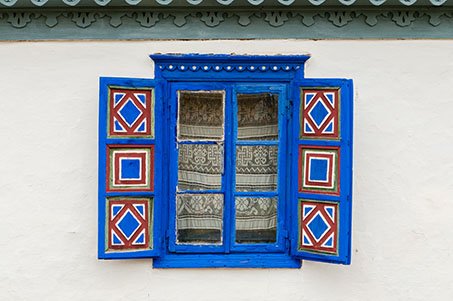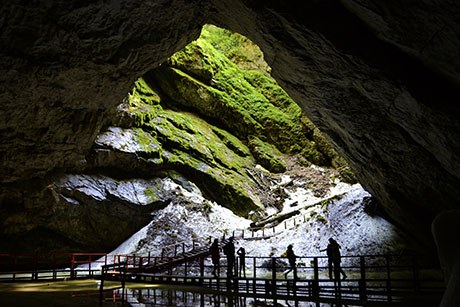Suceava County including Southern Bucovina is located in northern Romania, and it shares a border with Ukraine. The county is famous primarily due to the painted monasteries that leaves a special impression to visitors. They represents a true cultural treasure of Romania. The picturesque landscape also represents another tourist attraction of this county.
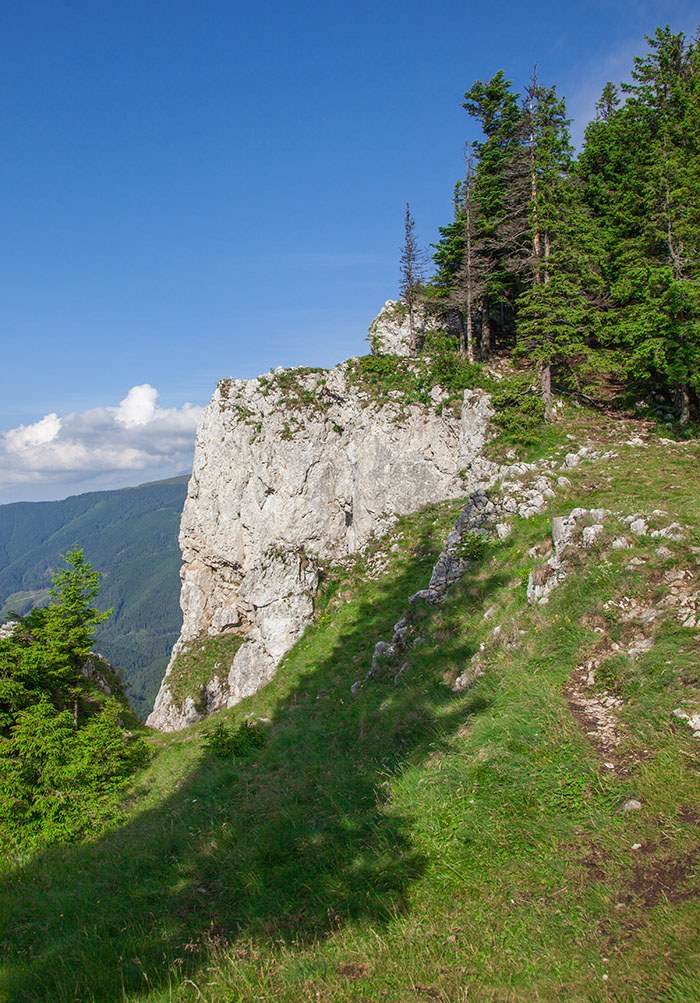
Mountain landscape in Suceava county
Voroneț, Moldovița, Sucevița, Putna, Humor and but also, the less known Dragomirna Monastery, are landmarks that should not be missing from holiday to those who arrive in Suceava County. Altogether there are a total of 15 painted monasteries. Painting the outside walls seems to have been encouraged by Petru Rareș as a way to enliven the Romanian peasants, members of the principality army who could not follow the religious service conducted in Slavonic, at that time.
Certainly, the most famous and most visited sights is Voronet Monastery. It is said that its raising was supervised by Ștefan cel Mare (Stephen the Great) in 1488. The frescoes, that have made it famous, were added later. The blue color used in fresco called “The Doomsday ” is unique and it’s called “Blue of Voroneţ “. It is however a great surprise that the author of this masterpiece is unknown.
Dragomirna Monastery, situated on the river of the same name, is a fortified monastery surrounded by thick walls, dating from 1602. It has walls painted with frescoes dating from the seventeenth century. The only information we have about the authors, are their names: Crăciun, Matei, Grigore and Ignat. The monastery museum has a collection of medieval art and some of the first copies of Bibles written in Romanian.
Suceava City, the county seat, is still today under the shadow of the famous ruler Ștefan cel Mare (Stephen the Great).
The fortress fortified with walls high of 20 meters, built by Petru II Mușat, assured power of Moldova over time.
Visitors can climb the battlements and parapets or can walk around the exterior walls.
Curtea Domnească (The Royal Court), originally built of wood in the time of Petru Mușat, got burnt. Ștefan cel Mare rebuilt it fortified in solid stone and it was for 250 years the center of power in Moldova. There are no known reasons why it was abandoned in 1700, falling into decay. Part of its foundations were uncovered by archaeologists, relatively soon.
A full-scale reconstruction of this monument can be viewed at the Museum of History in Suceava, which also present weapons and religious art.
Church of Sf. Ioan Botezătorul (St. John the Baptizer), built in 1643, during the reign of Vasile Lupu, it was made originally part of the Royal Court. It is a very beautiful building in late Gothic style.
Museum of Ethnography in Suceava is placed in an inn dating back to XVth century and includes four separate collections of art, crafts and religious art.
Suceava is served by an airport located 13 km from the city.
Vatra Dornei Resort is famous for its mineral waters and thermal sought since Roman times. The resort was developed by the Habsburgs at the end of XVIIIth century and during the XIXth century.
Today the resort is known as a place with facilities for skiing, although it is at an altitude of only 800 meters.
Gura Humorului has an attractive tourist offer: starting point for trails; skiing facilities; an adventure park and a dendrological Park. Besides other facilities designed for relaxation the resort has an exceptional landscape.
In Vama, near Gura Humorului there is the Egg’s Museum which houses the largest collection of decorated eggs in Romania.
Rarău Mountains with maximum altitude of 1650 meters have spectacular limestone formations: Pietrele Doamnei, Popii Rarăului, Peștera Liliecilor (Bats Cave), etc.
Ideal Escapes in Romania
